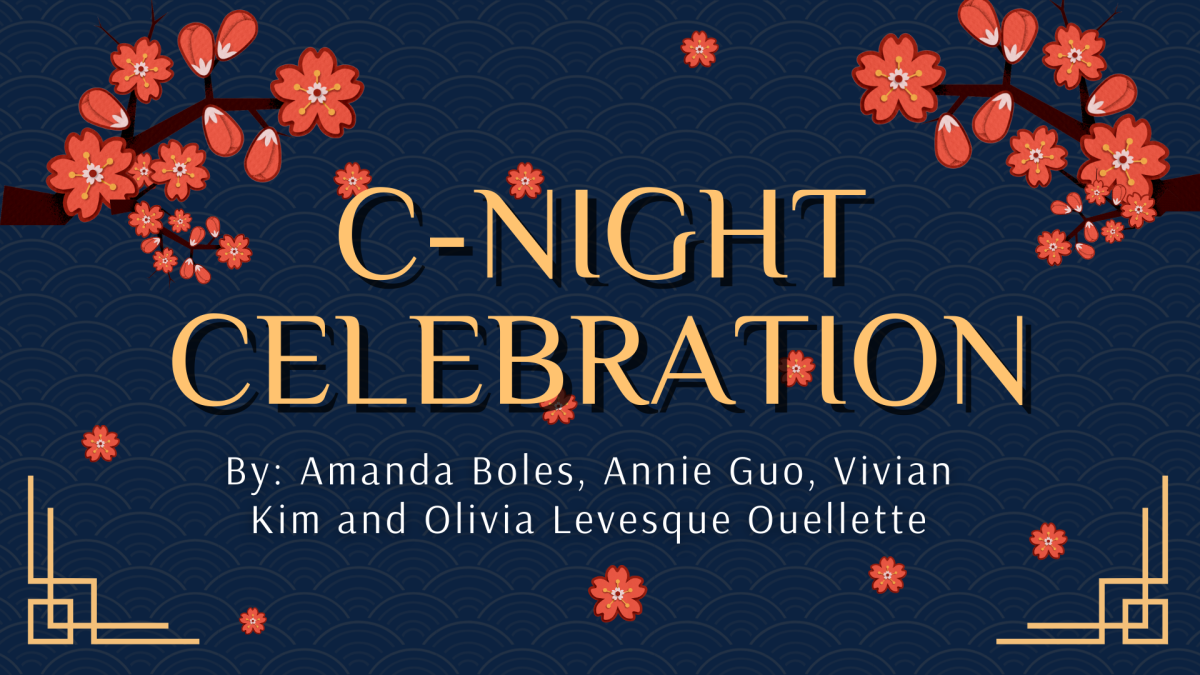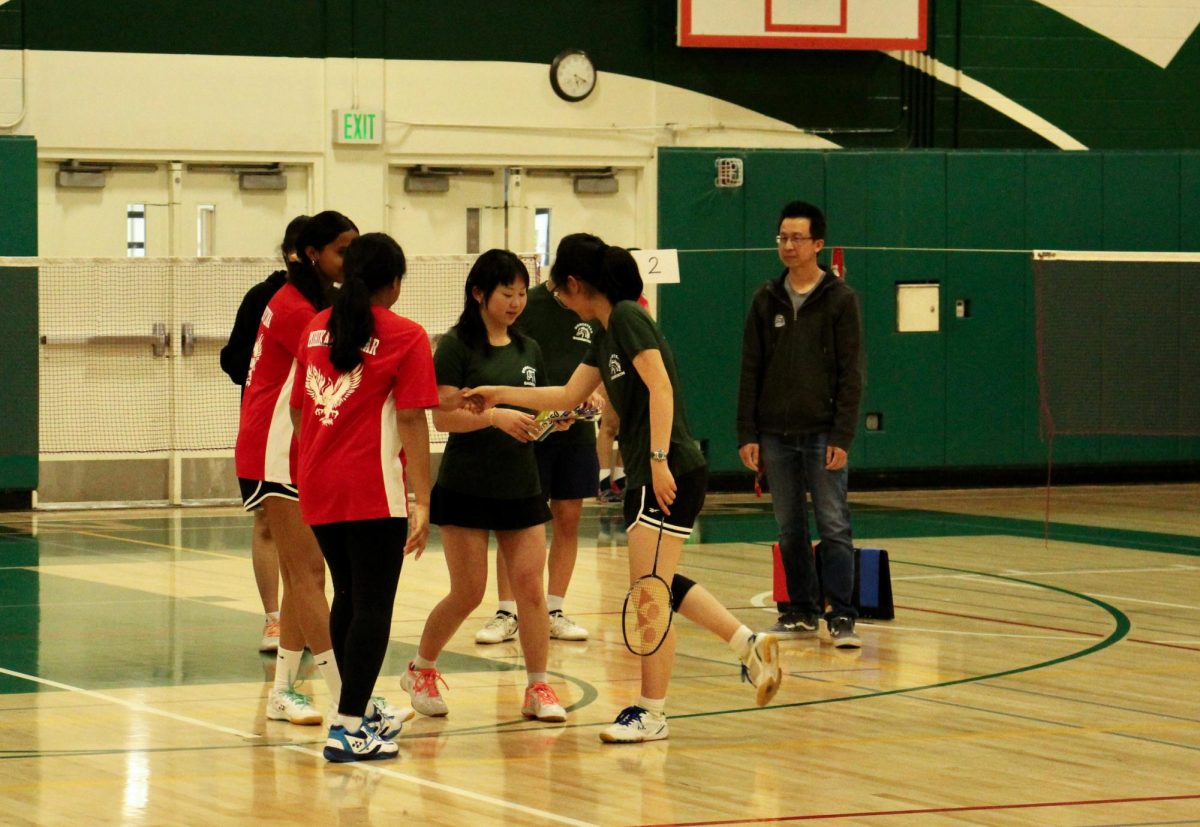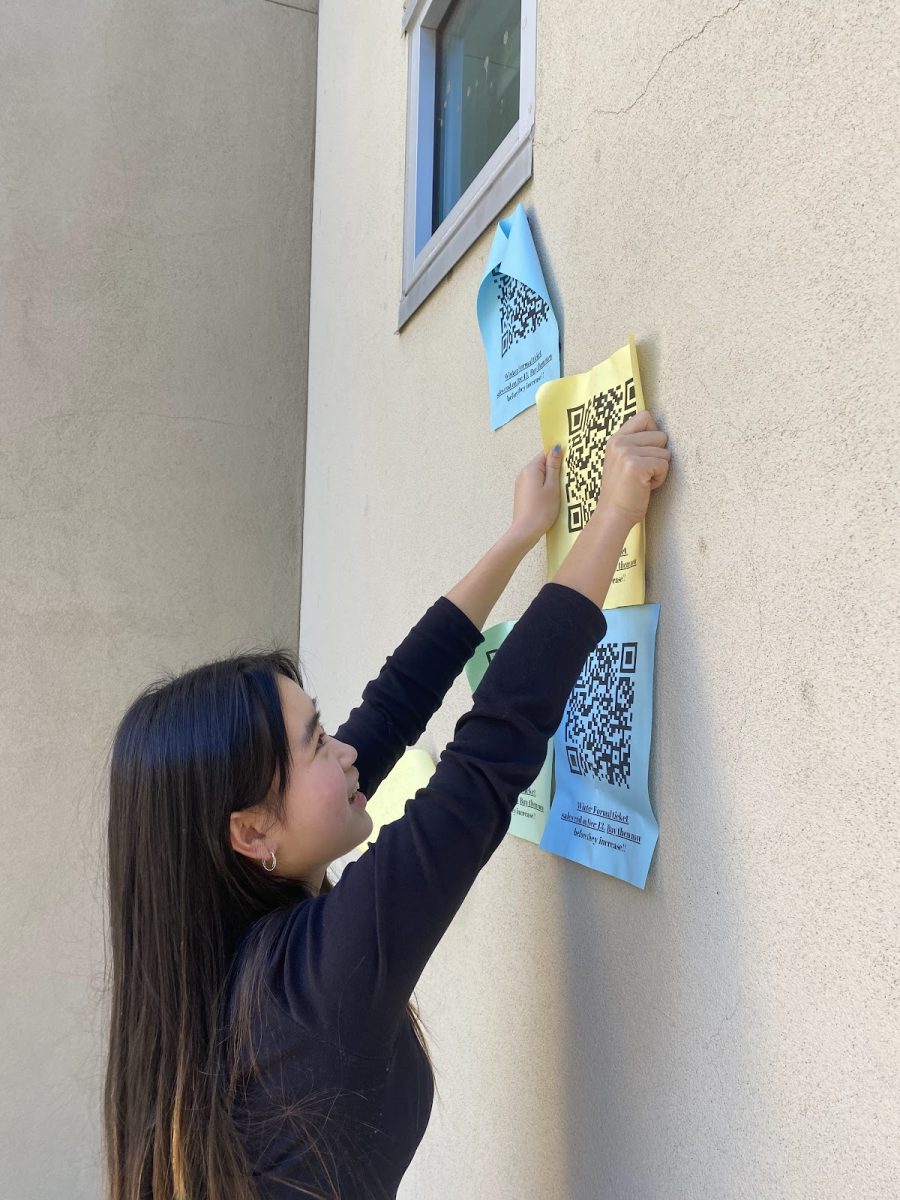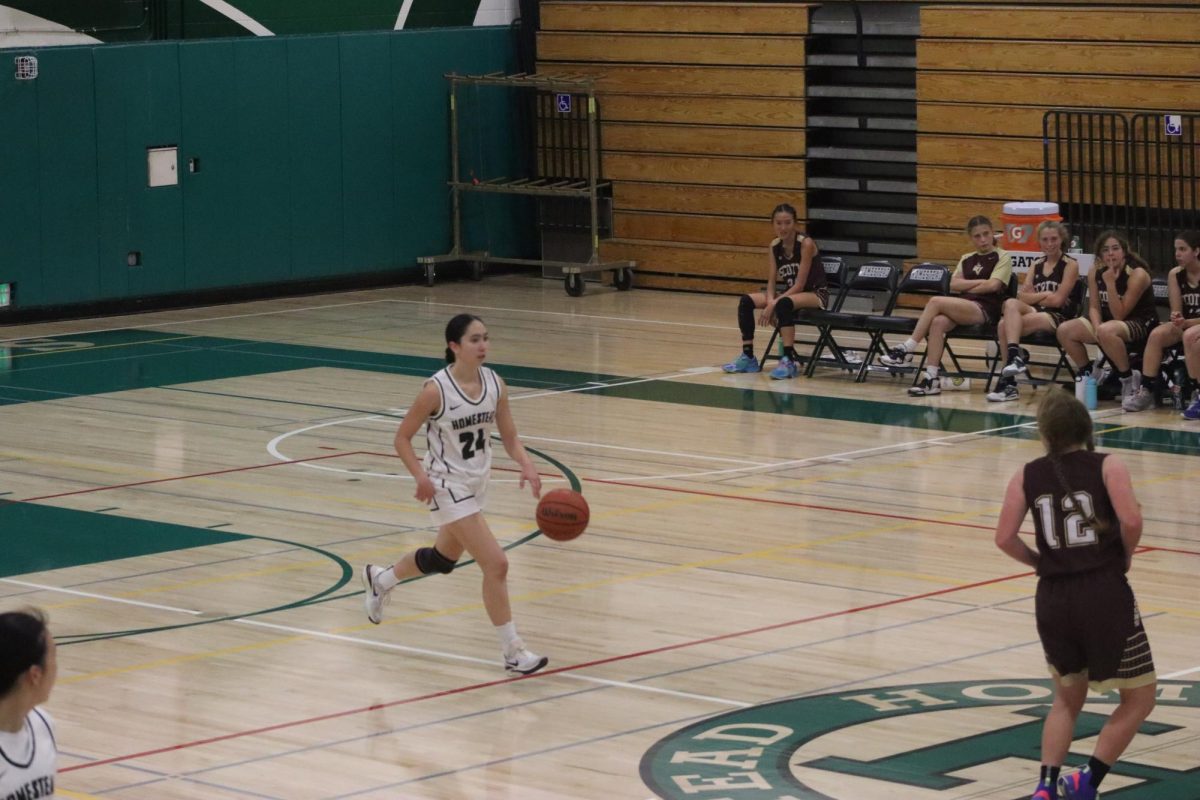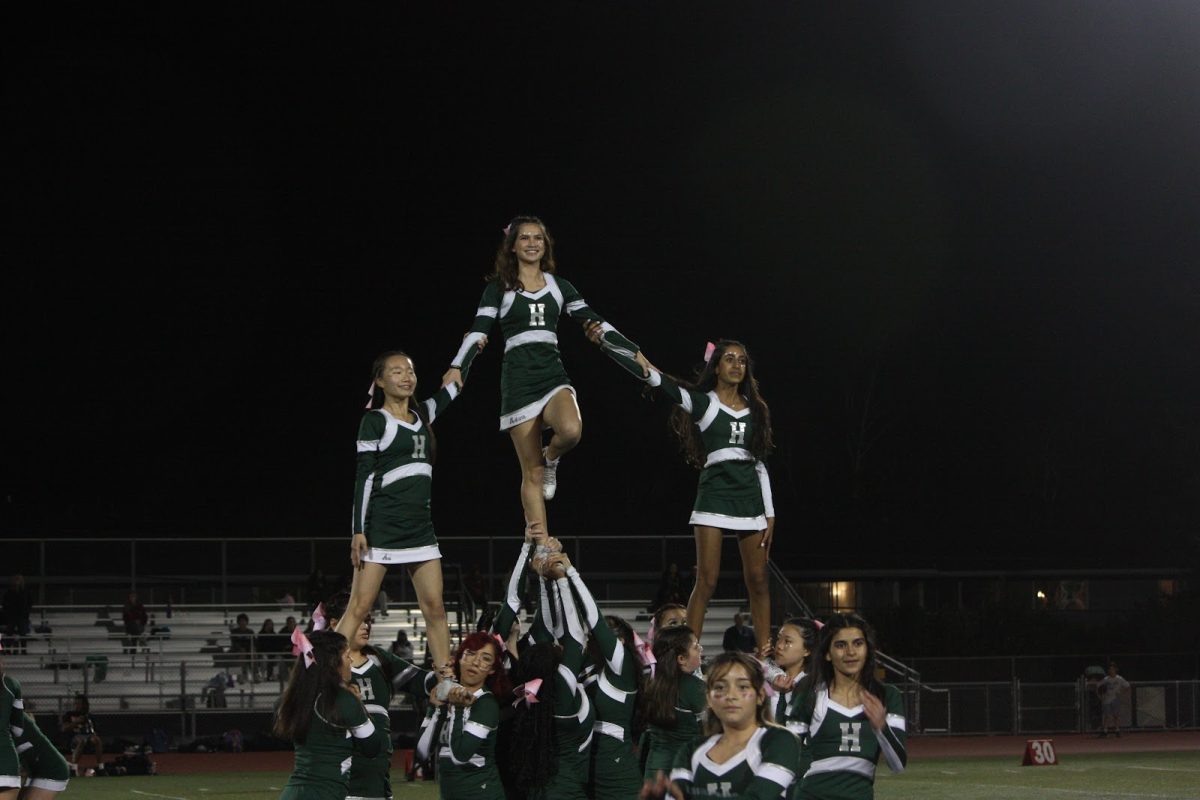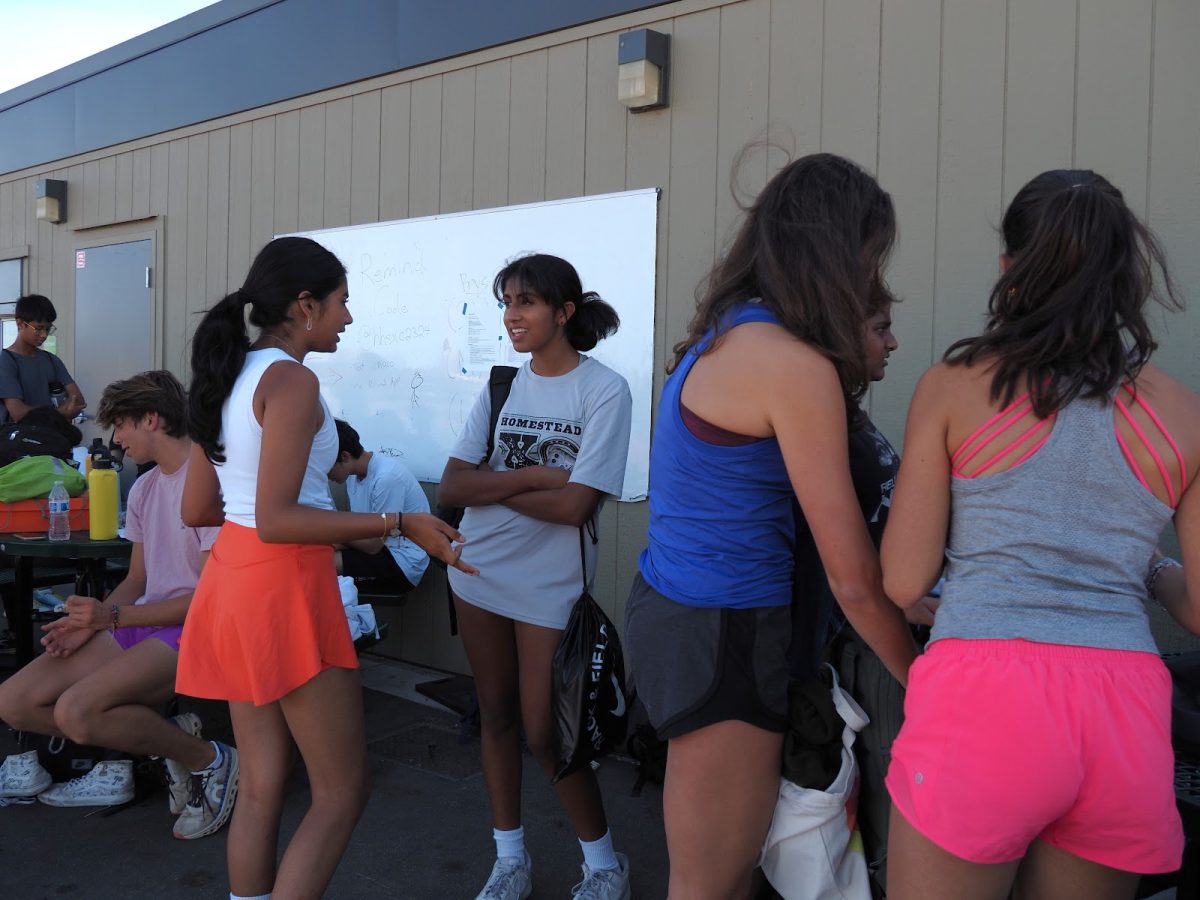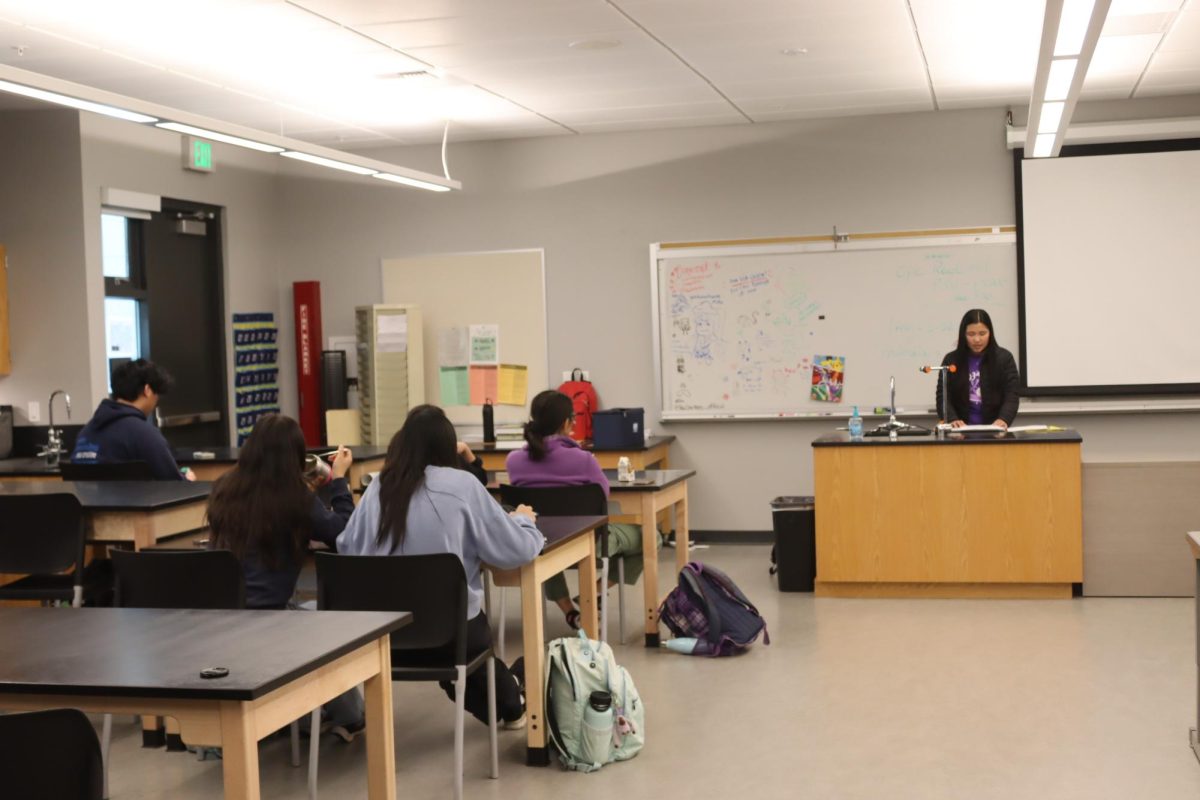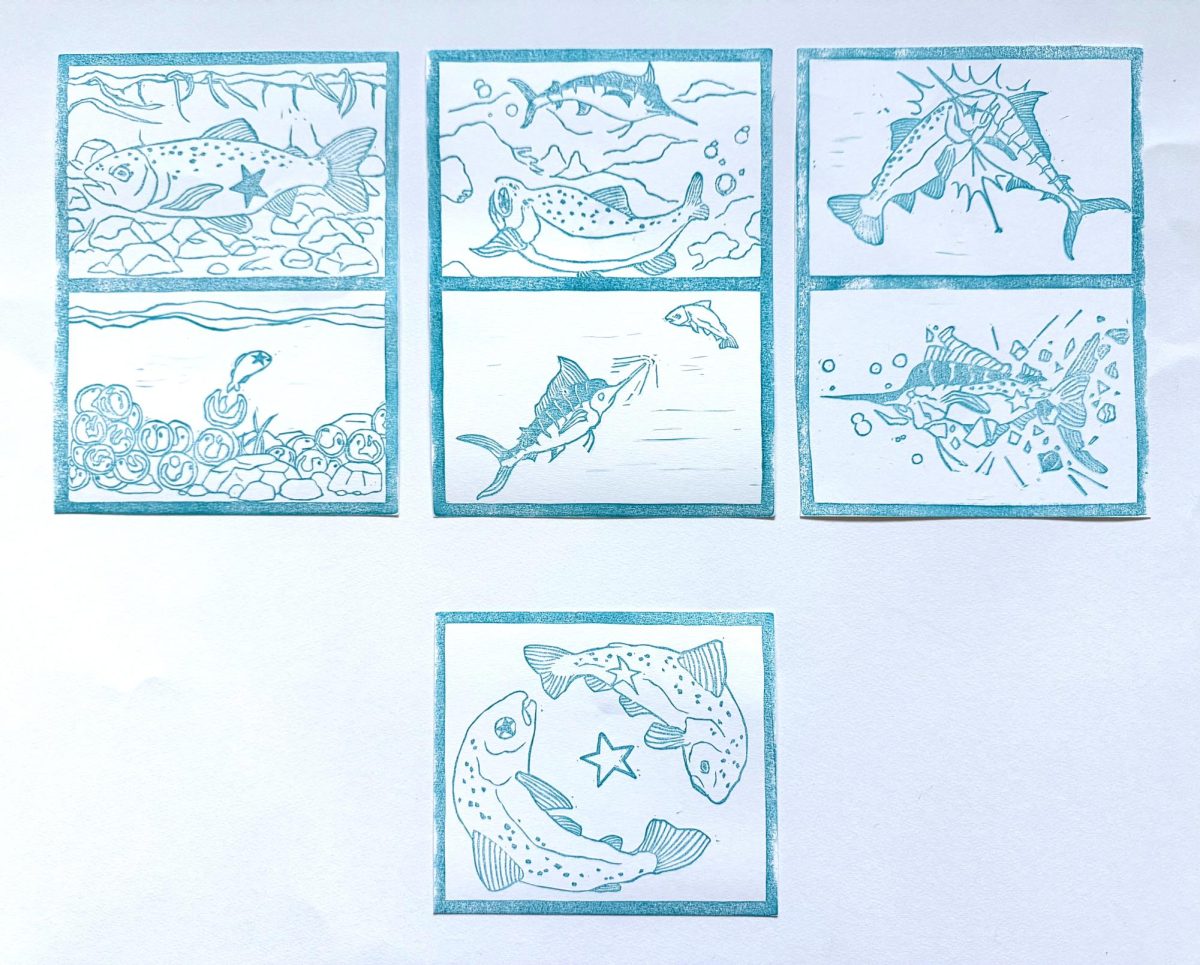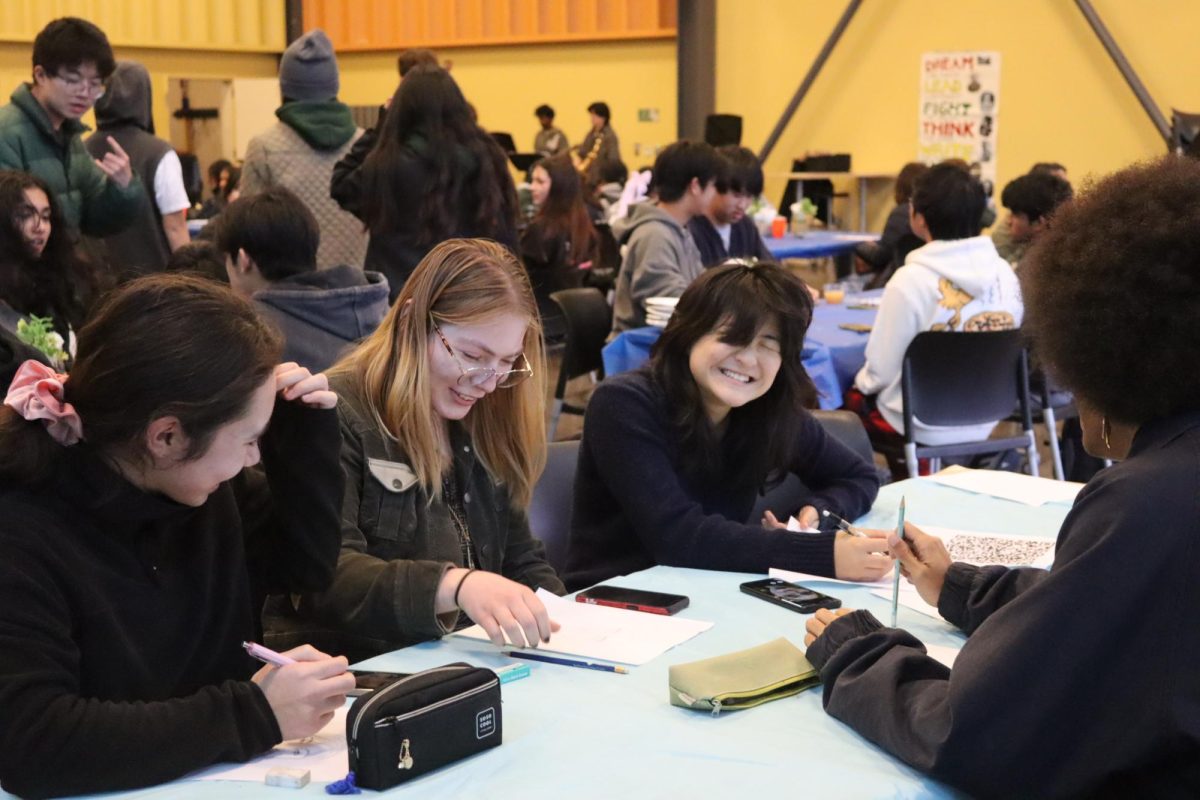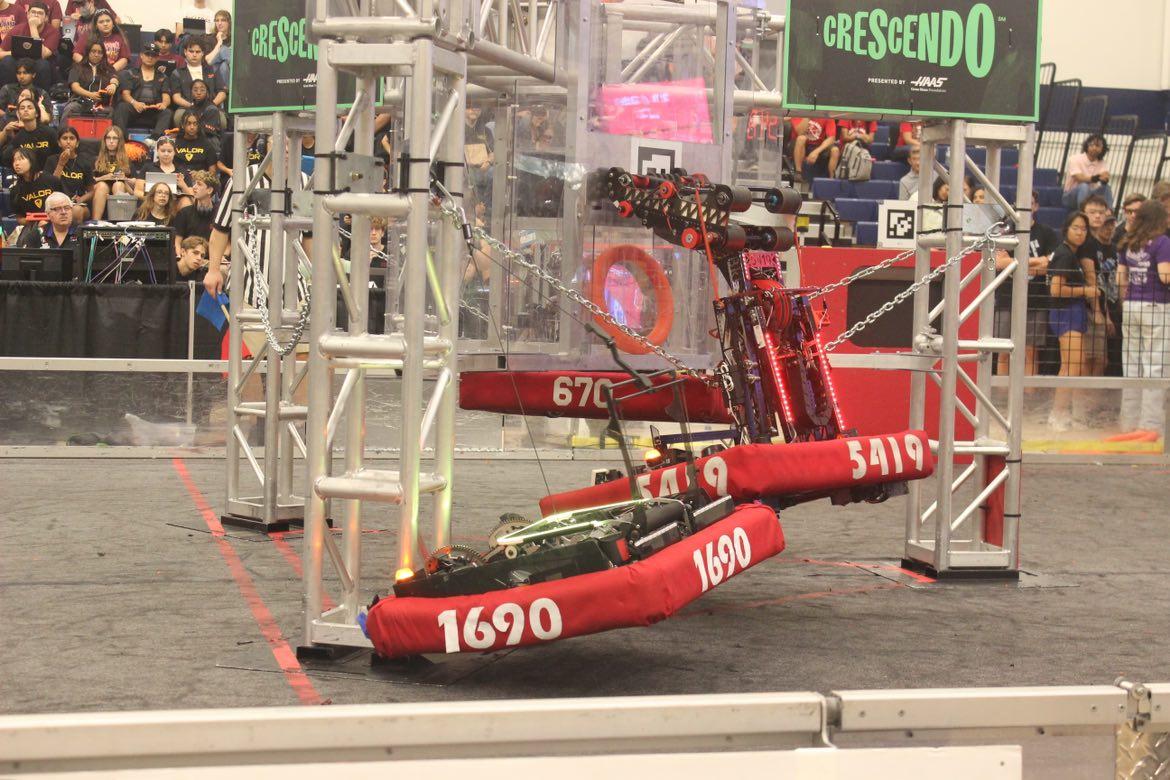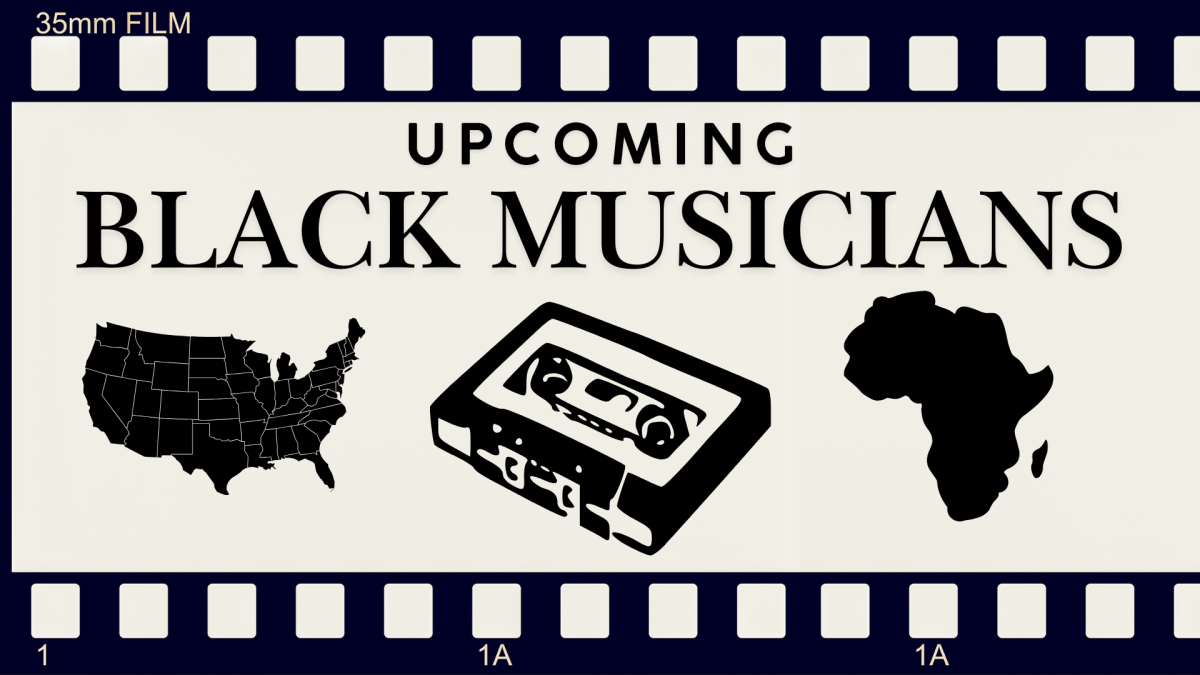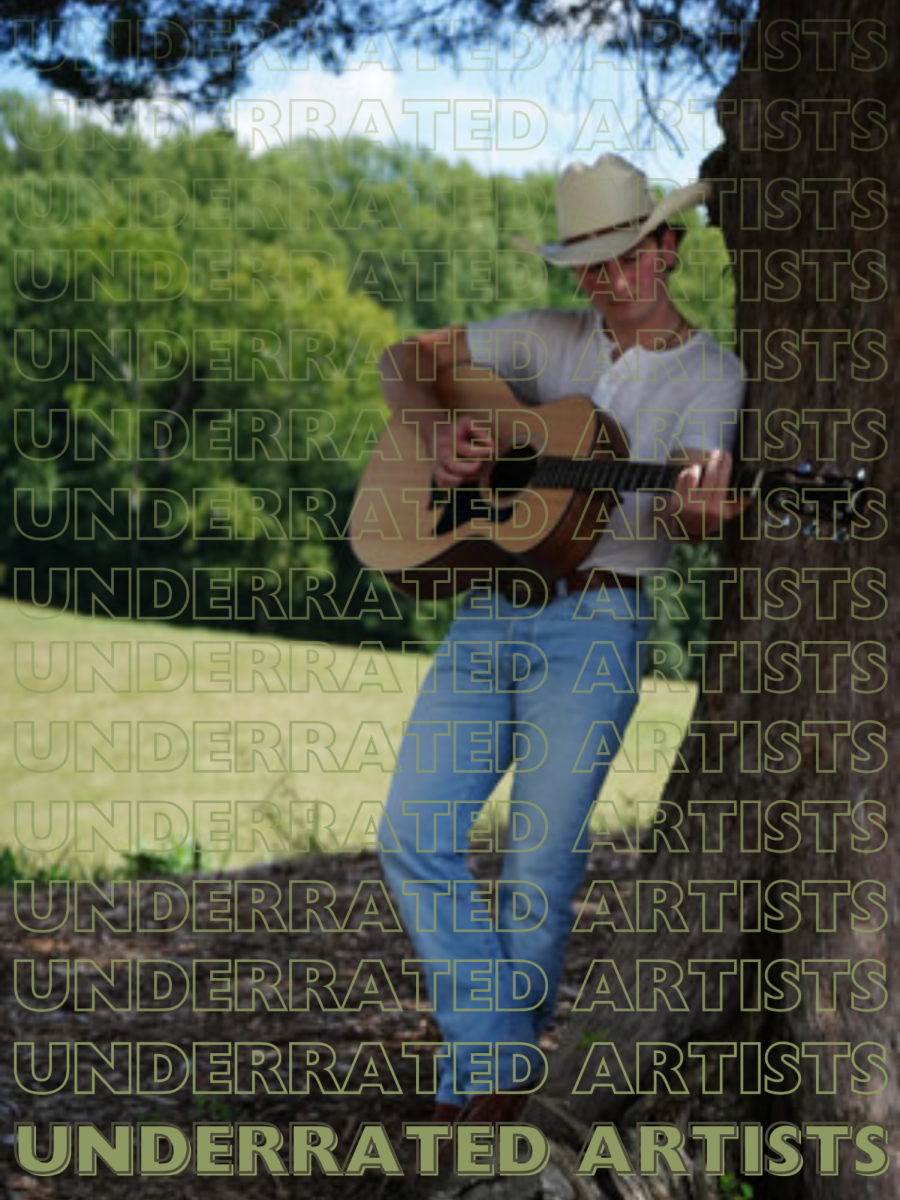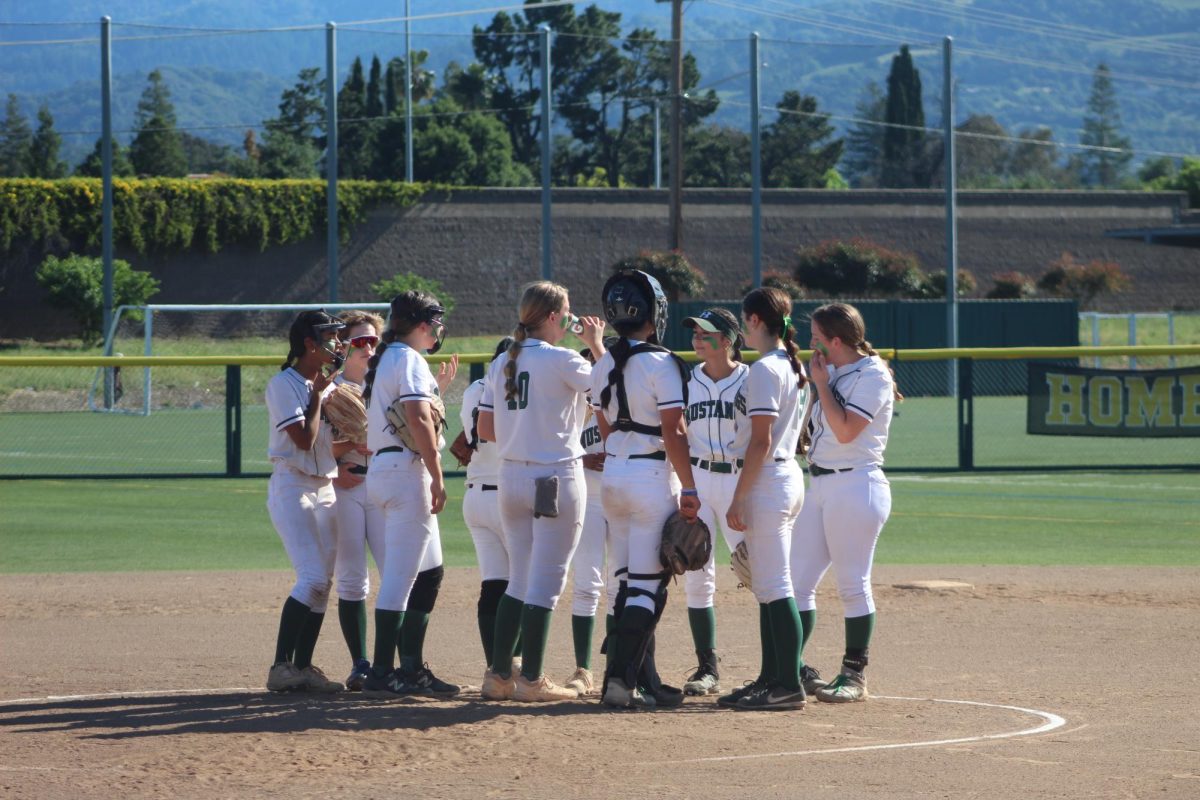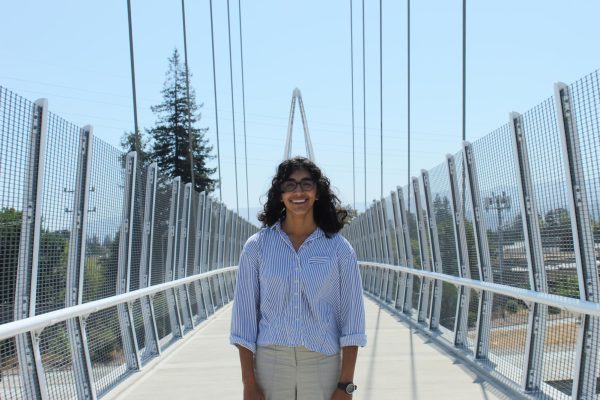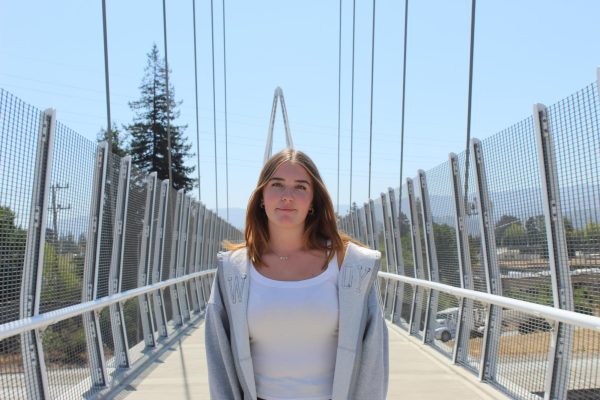This year, HHS has started its 64th year of serving the community, superintendent Graham Clark said. Although HHS was founded under the military economy of the Cold War, the school has adapted to serve the technology hub of today, FHS assistant principal Andy Walczak said.

Back in its early days, HHS was covered in greenery, alumnus of ‘74 Ric Appling said. Orchards surrounded the campus and a huge oak tree shaded students sitting in the library quad, alumnae of ‘76 Laurie Appling said.
“In front of the auditorium was the senior lawn,” Laurie said. “You could see it driving down Mary. I miss having the big oak tree in the front, it was very nice to hang out there.”
Laurie said the nearby orchards also provided shelter to smokers and marijuana users. They often hung out by a huge dirt mound that would later become Mary Avenue Bridge, Laurie added. After the police deemed unsupervised smokers too dangerous, administrators made the unpopular decision to allow smoking on campus, Laurie said.
“I did not smoke and I did not like it at all,” Laurie said. “If you didn’t smoke, you could not hang out in your favorite area because someone was smoking there. There were certain bathrooms that I did not go into when I was there because it was filled with smoke.”
To add a bit of fun for the day, students would watch for streakers, students who ran through campus naked, Laurie said. They were almost exclusively boys, Laurie added, and often wore ski masks to conceal their identity.
Band director, alumnus of ‘84 John Burn said he has fond memories of his time at HHS, especially during Homecoming week. His grade had an island theme, and students brought sand from Santa Cruz beach in pick-up trucks and set up a beach replica in the quad, Burn said. It was even rumored that some students chopped down a palm tree from a golf course next to campus to add to the display, Burn added.
“Homecoming spirit week was out of control,” Burn said. “We decorated the quad so much; I don’t think you could see a single brick. The entire gym was like a mural of palm trees, beach and sunrise.”
While students like Burn said they had fun experiences in high school, Walczak said there was a darker side to the 80s. The HIV epidemic ravaged the country and it left an impact on HHS when a student contracted the deadly disease in 1987, former principal Greg Giglio said.
When Kathryn Pallakoff, the student’s friend and a reporter for The Epitaph, wrote an article about them, former principal James Warren attempted to censor them, and the case went all the way up to the California Supreme Court, Giglio added. The judges ruled in The Epitaph’s favor and the newspaper was awarded the Press Freedom Award for their bravery, Giglio said.
In an interview with the Student Press Law Center, Pallakoff said that the story was hard to write but necessary for the student body to hear.
“People were very ignorant about what it was and how you contract the virus,” Pallakoff said in the interview. “Here was a student that contracted HIV, it was not some distant weird thing happening to other communities. It was happening here.”
Another mark of prestige for the school was that Apple founders Steve Wozniak and Steve Jobs attended HHS, Giglio said. As a show of appreciation, Wozniak donated advanced technology to the school in the 1980s and helped The Epitaph become one of the first student newspapers that designed and printed their newspapers using software in 1986, Giglio said.
In a speech at FUHSD’s anniversary celebration, Clark said he has big hopes and aspirations for the district in the next 100 years given its history.
“Today, our district is incredibly diverse with more than 50 languages represented across our student population and the district programs designed to support their success,” Clark said in the speech. “Let us embark on the next chapter at [FUHSD] confident in our ability to shape a future that honors the legacy of our past.”



